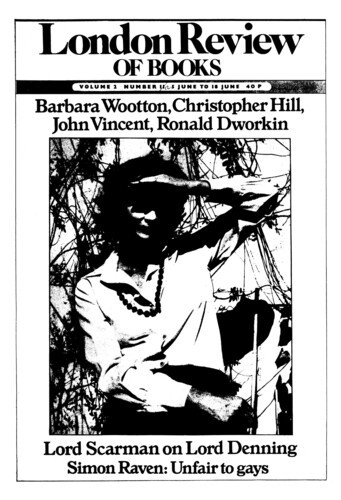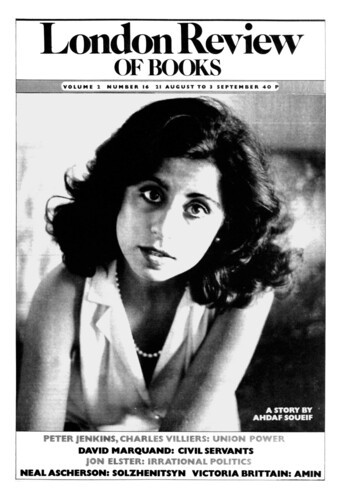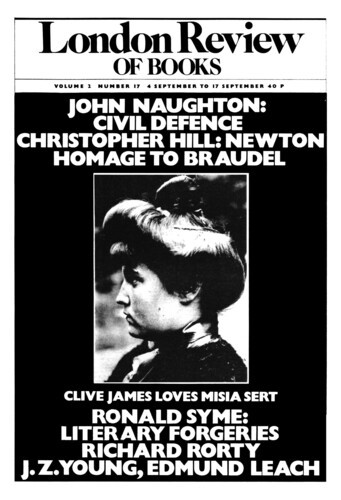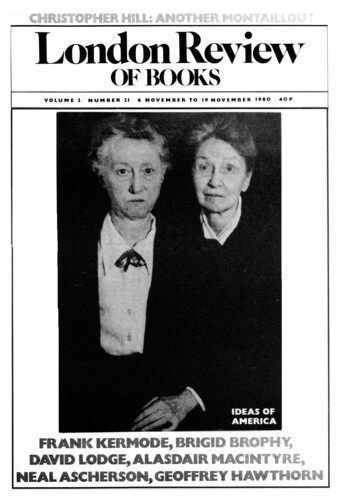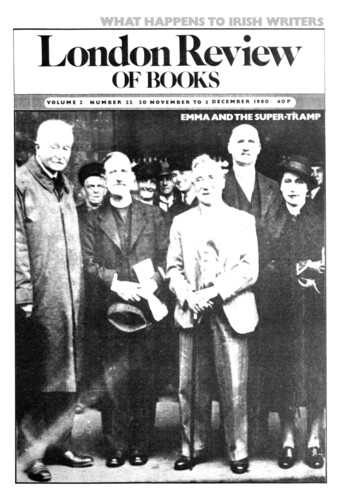Queen to King Four
Robert Taubman, 19 June 1980
In Shikasta, some months ago, Doris Lessing engaged with space fiction at its most apocalyptic, covered aeons of time and used scores of characters, and left some doubt about her meaning. All is comparatively clear and simple in The Marriages Between Zones Three, Four and Five, which has the form of a fable – one where values are quite explicit, characters few and the action limited to a single episode in history (history at least as it has passed into the archives of Zone Three, whose chronicler tells the story). These Zones are parts of a land mass much like Africa (one imagines), and are inhabited by very unlike peoples – as unlike, say, as Zulus and Bushmen. The fable makes use of such polarities: mountain and desert, light and dark, male and female principles. One day, the fable goes, it occurs to the Providers, who control their destinies, to arrange for the King of militaristic Zone Four to marry the Queen of gentle, intuitive Zone Three, and then in due course to marry the wild, anarchic Queen of Zone Five. These moves carry the suggestion of a game of chess, and they don’t indeed have any very subtle or original meaning: what occurred to the Providers might presumably occur to any tinkerer with utopian theories of human nature. There’s also a marked resemblance – suggested, too, in the solemn tone of the Zone Three chronicler – to an idea Thomas Mann used in his fable The Transposed Heads.
